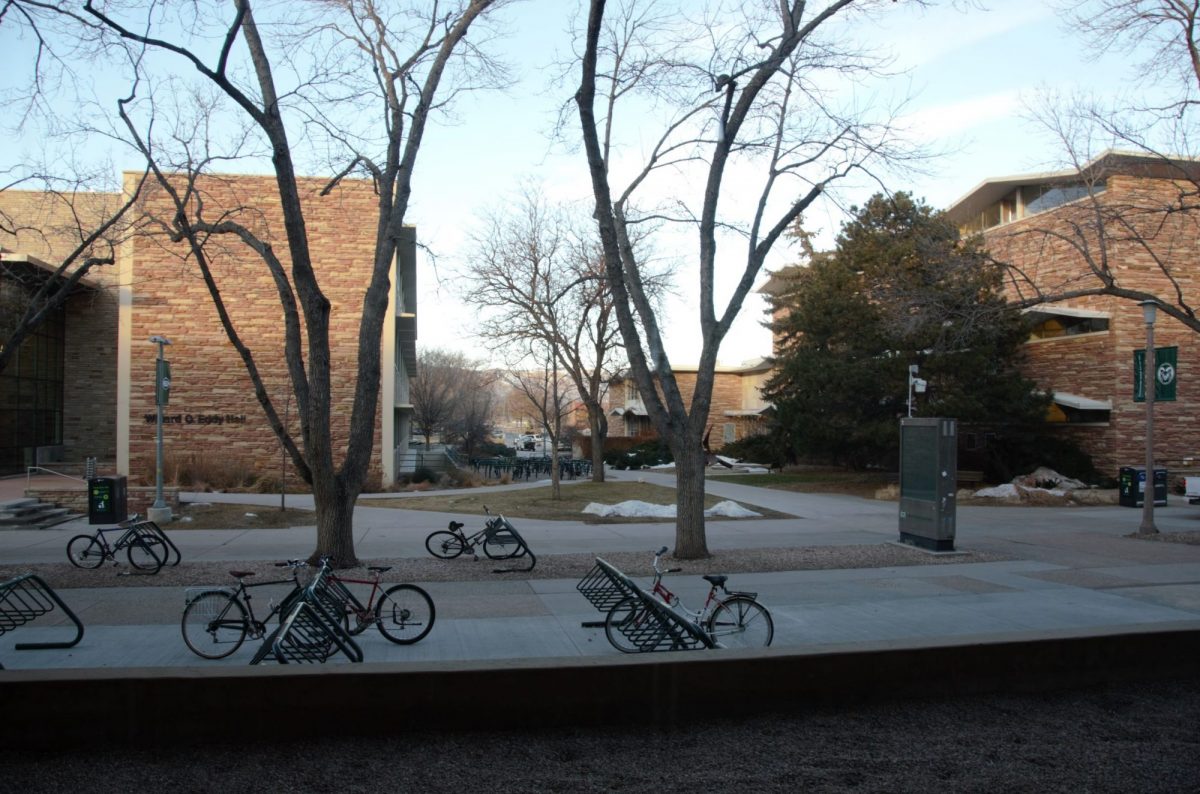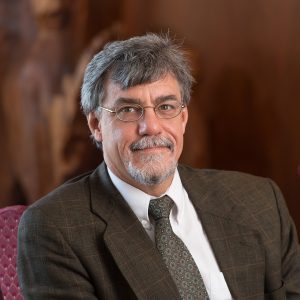Nearly every day, I sit in a corner office on the first floor of the C wing of the Andrew G. Clark Building. On one wall, a large glass door connects me to the comings and goings in the Dean’s Office. On the other side, two banks of windows look out toward Eddy Hall, and beyond that the foothills and mountains. In the foreground, especially during class changes, students fill the sidewalks, walking purposefully up and down the north-south spine of campus. These were spaces unfamiliar to me three years ago when I first stepped into the office. Now it is a familiar place, filled with memories of meetings and a greater understanding of the rhythms, purposes, and people that define CSU.

As the political geographer John Agnew writes, “Places are woven together through space by movement and the network ties that produce places as changing constellations of human commitments, capacities, and strategies.” Our perceptions and understanding of place and space are not the same, yet they relate in dynamic ways. We all inhabit spaces, whether regularly (our homes) or infrequently (a certain coffee shop), but those spaces become places when we attach meaning to them, when we build experiences and memories through them, and when we understand that what we know is based on those places.
Thinking about space and place helps us understand our individual and communal role to define order in the world, and in turn informs our daily practices and social interactions. In this, our third CLA Magazine that turns the lenses of the liberal arts toward key issues, you’ll find several different disciplinary perspectives and research agendas, including
- Analysis of Neandertal bones in a prehistoric cave that provides evidence for culture and ritual… or just a nutritious meal
- How a changing economy has implications for rural Colorado as a place to live, and the entrepreneurial opportunities that bridge urban/rural spaces
- The potential for virtual spaces (the internet, social media) to become embodied places, with profound implications for changing our social activities and patterns
The liberal arts provide many ways to understand how common human experience leads to different daily practices and social interactions that incise significance and value into particular spaces so that those spaces become places. This reflexive interweaving of space and place is essential to the human experience.
Sincerely,

Benjamin C. Withers, Dean
Professor of Art History
College of Liberal Arts

